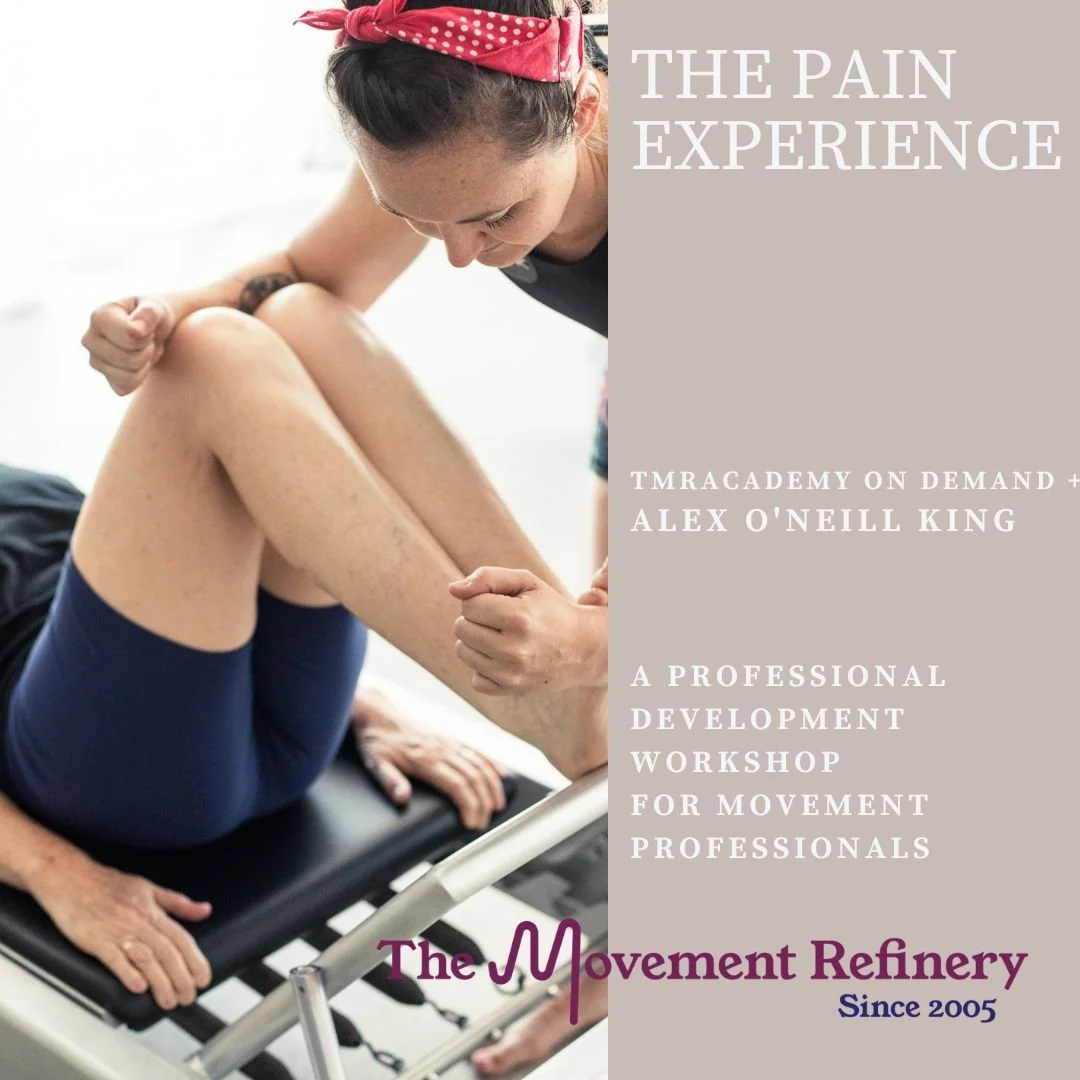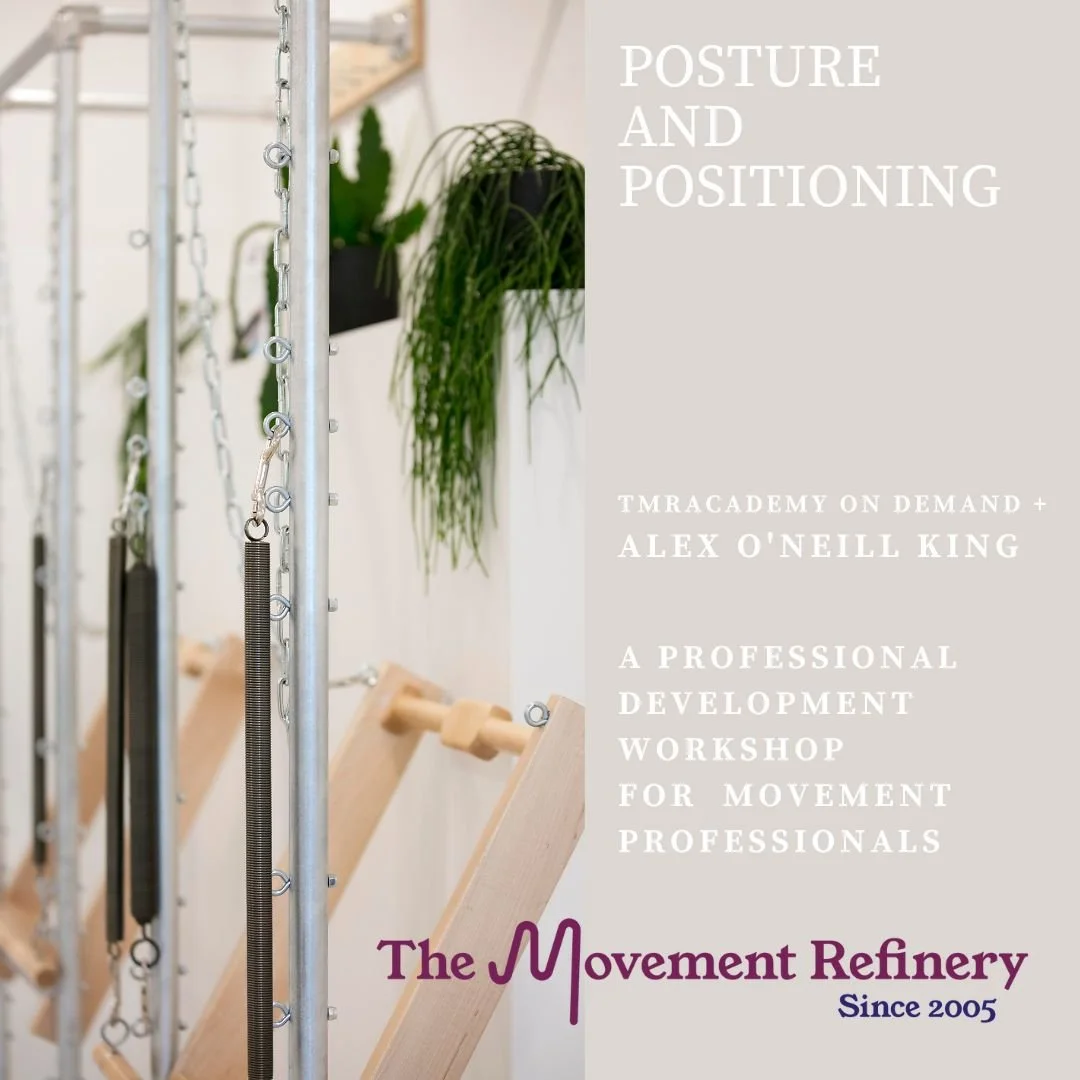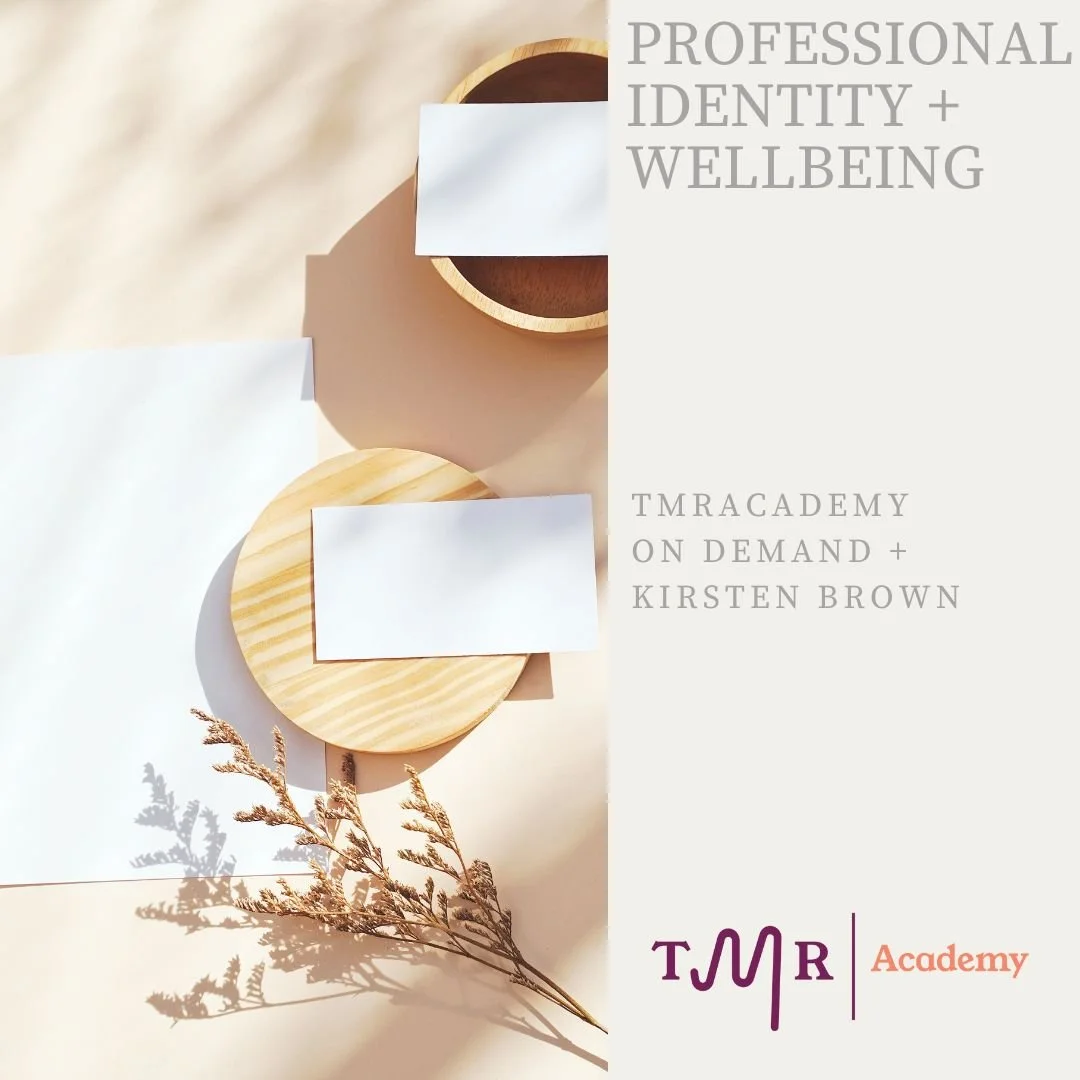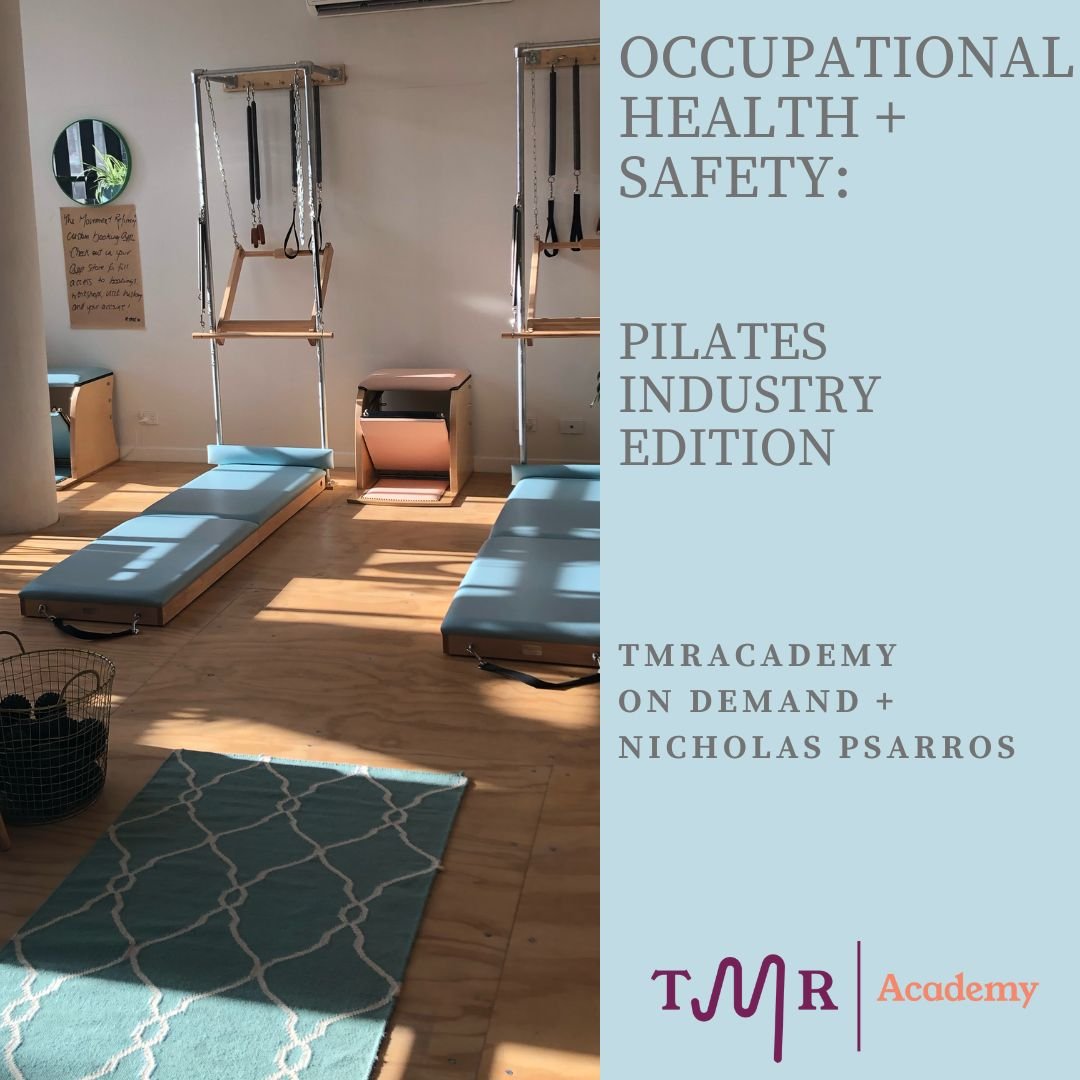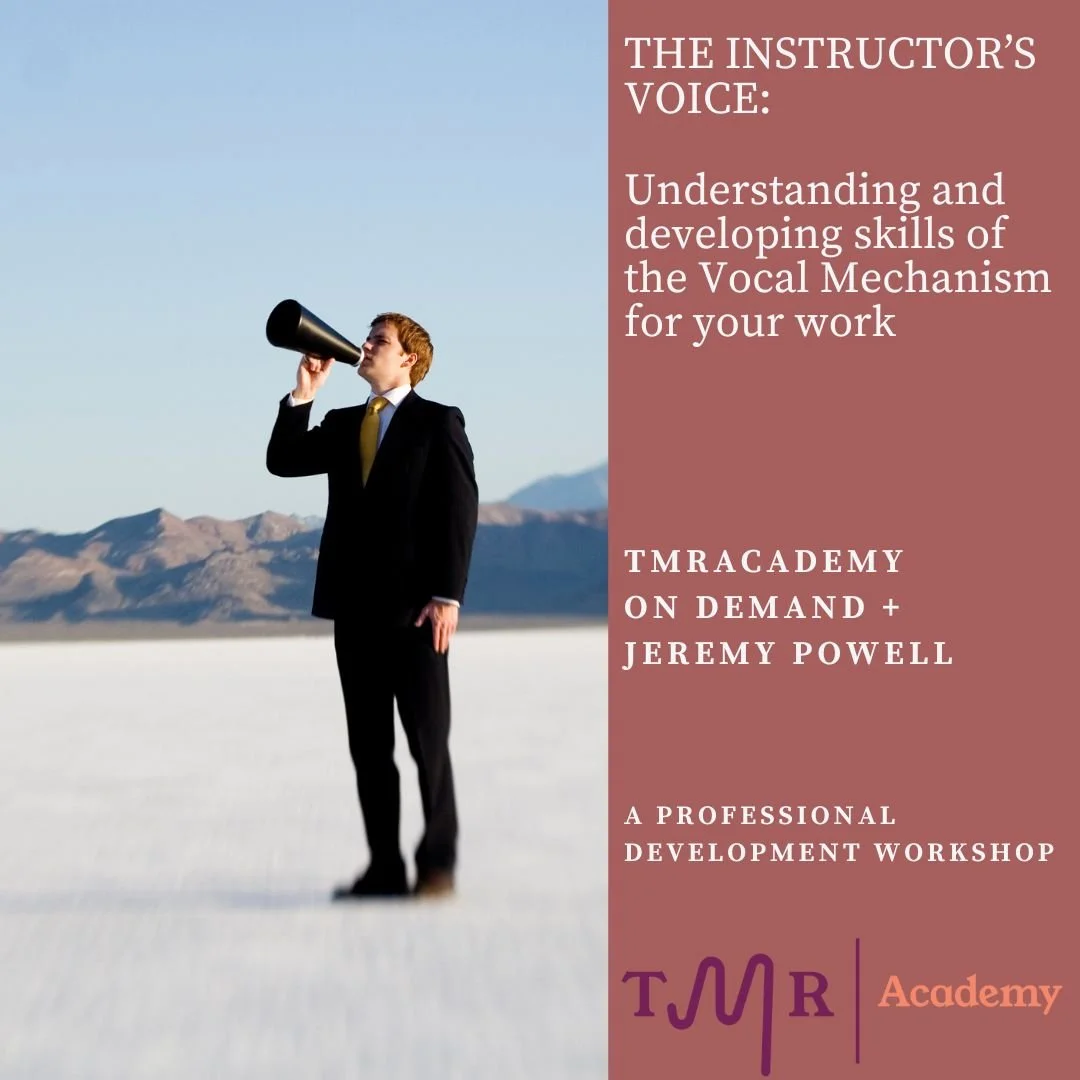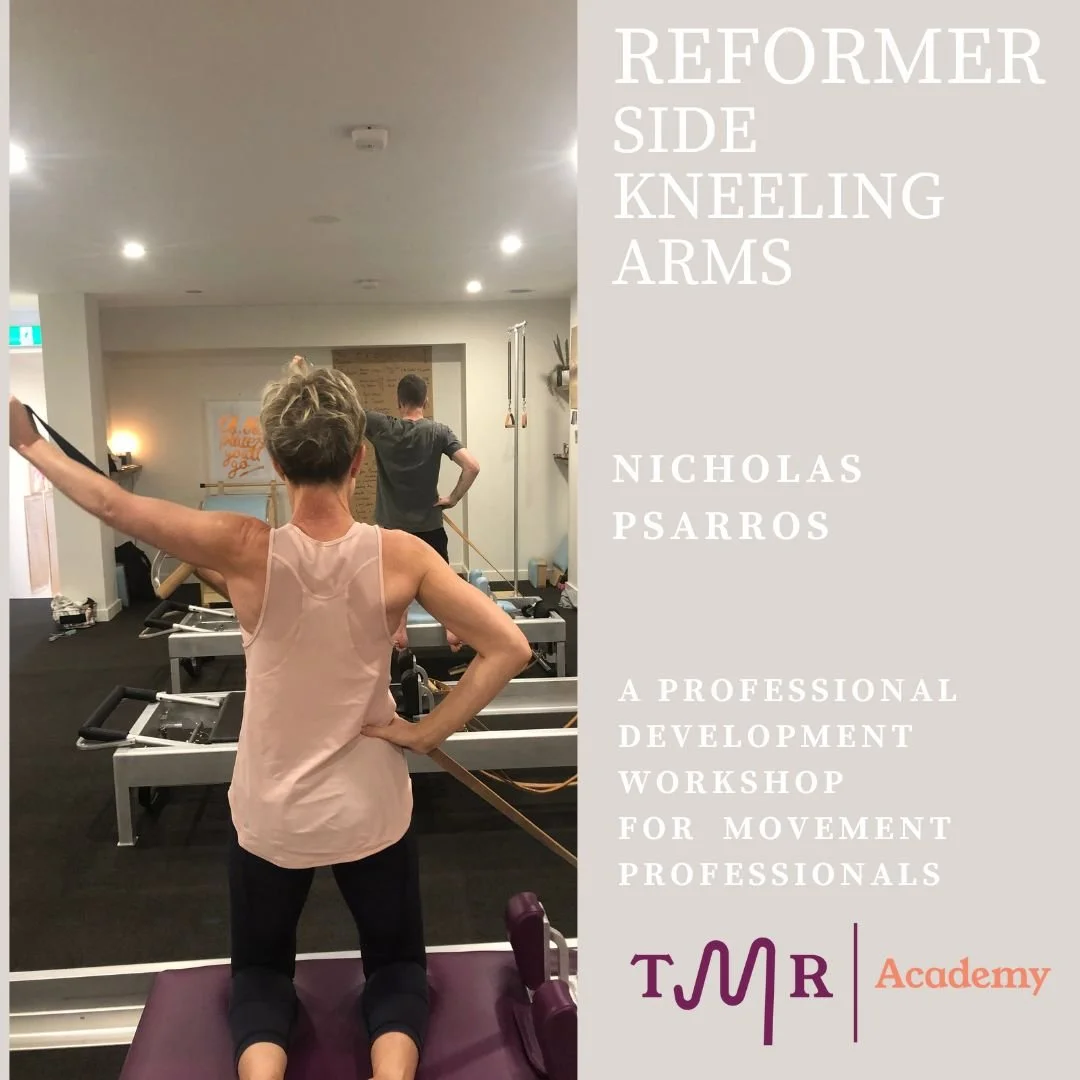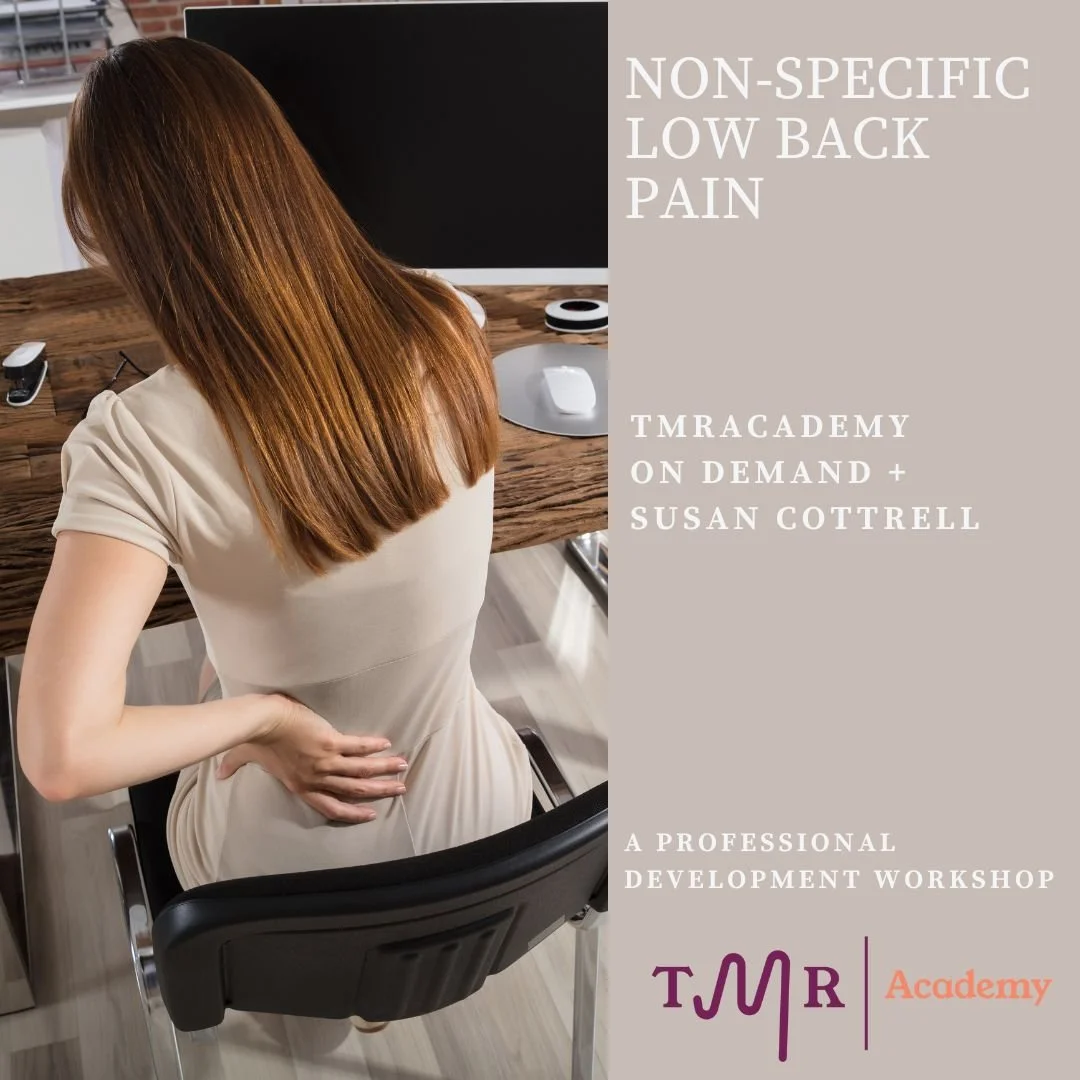INDUSTRY EXPERTS DIRECT TO YOU
-
![]()
The pain experience
Throughout our lives we all have the normal, human experience that is Pain - A useful tool that our bodies have developed to motivate and protect us. What is NOT useful or helpful is the associated fear, panic, loss of function and withdrawal from our meaningful activities that often occurs when pain persists. We as Pilates Teachers are placed in a position of trust when our people come to work with us. The language we use, the decisions we make and the way that we make our people feel when they are with us can have both a positive, and a negative effect on their pain experience!
-
![]()
Posture and positioning
In this workshop, you will:
Identify "neutral anatomical" posture and acknowledge common variants found in the general populationRecognise commonly seen postures in 21st century life, discuss the impact of these on multiple body systems and the role of Pilates to address these
Identify the spine shapes found in Pilates repertoire and discuss the challenges/advantages of these shapes for certain posture types.
Select appropriate Pilates exercises on both mat and studio apparatus to support or challenge common postures
Discuss the current evidence in relation to pain, posture and scope of practice
-
![]()
Centering in breath
THE BREATH – one of the guiding principles of Pilates – essential for life, and so much more than an oxygen delivery system. Yet our clients often get “caught up” up in the breath, holding and struggling to coordinate breath with movement. Although JHP said “above all, learn how to breathe correctly”, is there really a “Pilates breath”?
Using a combination of experience, research and collaboration, in this workshop you will be led through:
mechanics of breathing and its influence on trunk control
breath application to challenge, create, modulate movement, flow and
posture
strategies to identify and correct faulty breathing patterns
introduction on pain, breathing and the nervous system
the relevance of ‘engaging the core’ in a variety of populations
-
![]()
HANDS-ON CUEING IN PILATES
There are many ways to teach the work to your client and maintain your personal values and lineage to the original Pilates method.
Well-considered tactile cueing may enable your client (with their consent) to build strength, mobility and connections that they might not be able to access without a tactile guide.
In this course, we identify the difference between tactile cueing and the hands-on cues that were passed down from Joseph Pilates to the first generation teachers and now to you.
We share the hands-on and general tactile cues with you and go beyond where to put your hands; we discuss the intention, the amplitude and direction of energy for each cue and how this can act as an additional teacher to your client.
Learning these important teaching cues connects you back to Mr and Mrs Pilates and elevates you from instructor to teacher.
-
![]()
WARM UP PROTOCOLS
We offer a warm-up to our clients for a number of reasons; this can be valuable time to offer a moment of conditioning, prehab and quality movement reinforcement. Offering 5-10 minutes of preparatory work can re-establish the mind body connection and be used by your client at home to enhance their movement vocabulary and wellbeing.
In this session, I offer you routines without equipment, with household items (pole, chi-ball) and larger studio apparatus too. At The Movement Refinery, we try to keep the Pilates class for as much Pilates as possible but spend time examining the smaller connections of skeletal patterning particularly in the coronal and transverse planes.
-
![]()
PROFESSIONAL IDENTITY AND WELLBEING
The health and 'wellbeing' industry is not always healthy for instructors and teachers. Many of us have too many horror stories about workplace issues. Lead by Wholhearted Life's Kirsten Brown, you'll benefit from Kirsten's experience within her corporate roles and experience with the health and wellbeing communities.
Being clear on your professional identity is more than just an esoteric experiment. It can guide you through recruitment, workplace conflict and professional branding. You will have access to these short videos, companion workbook and slides to scaffold your construction of a professional identity.
Instead of trying to fit someone else's vision, this course will help you craft your own identity so that you can choose clients and workplaces that support your future.
Put yourself on the front foot and avoid years of friction and uncertainty by signing up to this refreshing workshop.
-
![]()
FIGHTING FRAILTY
The workshop ...
What we used to consider elderly - our 70s - is now the prime of our lives. Footloose and fancy free, actively involved as Grandparents and ready to trek around the country exploring what life has to offer, later life looks good! So ... if 70 is the new 50, when do we get old?
Susan has prioritised five key areas for great ageing and physical resilience
Foot fitness
Balance
Quad strength
Bone health
Dual tasking
When the instructor combines these five areas in a Pilates session, our clients are empowered to continue to live with satisfaction, independently.... fighting frailty.
Susan will take you through relevant health statistics, plenty of exercises that you can use in your studio and plenty of information to top up your physiology knowledge. In addition to the lectures, slides and assessment material, you'll be able download several recorded exercises to best understand how to care for your clients.
-
![]()
WORKPLACE HEALTH AND SAFETY: PILATES EDITION
OH&S can be boring, but not our version ...
We have done our best to make the standard curriculum of Workplace safety interesting and relevant to our industry. More than that, these modules have been built to keep you and your team engaged in the profession for years to come by building a workplace that promotes positive physical, emotional and mental health.
We cover the fundamentals of Occupational Health and Safety, absolutely.... and we go beyond the dry content and look at the Pilates studio in detail; helping you to build checklists and reports that ensure compliance and look to foster a mentally healthy workplace from the get go.
-
![]()
THE INSTRUCTOR'S VOICE
Support one of your greatest assets
Every day, we rely on our voice to do our job. We attend courses for repertoire, physiology, special populations... we have also started to consider self-care and identity to extend our career and improve our wellbeing.
But what about our main tool of client communication, our voice?
This course is here to offer you an exploration into vocal anatomy and simple vocal drills which will reduce vocal stress and discomfort.
You will also learn how to care for your teaching instrument by colouring and shading how you speak to produce sound so that you don't ever have to shout.
-
![]()
OG REFORMER SET-UP + TRANSITIONS
This workshop is about the nuts and bolts of threading the Reformer work together; how you mount and dismount or transition from one movement to the next IS not only important, but a hallmark of the Pilates philosophy. Sadly this is left out of most teacher training courses and rarely explained in extreme detail or even written down!
This concept of telling people how to get on and off the beast may be seen as 'picky' to some, I get that ... but it's also a framework that strengthens the body (and mind) throughout the list and does much of the teaching for you. WIN!
With the help of some brilliant Pilates lovers - Ji Choi and Chris Kelly - I have filmed all of the nuts and bolts that will make you a Reformer transitions expert. These are all downloadable. You'll also have access to a document in which I break down every SINGLE component, which will make Joseph Pilates' work way more relatable.
-
![]()
BUILDING THE SIDE KNEELING ARM SERIES
It takes a lot to move the strap on a Classical Reformer and maintain correct form, two-way stretch and ease of movement.
In this programme, we will look at tools to link the three major components of this original exercise series; a solid grounding through an active kneeling position, shoulder strength/endurance overhead and at range as well as flank (side) familiarity.
You will learn to break down the positions of the original exercises and rather than torture ourselves with repetition and discomfort on the Reformer, build your client up with exercises that can be done at home or in the studio that can improve their quality of life, technique in the studio as well as their enjoyment and confidence with this style of Pilates.
-
![]()
NON-SPECIFIC LOW BACK PAIN
The workshop
Back pain is probably the most common reason people attend Pilates these days. But what is back pain and does the cause affect your programming?
To best understand it, let’s go back and review your anatomy knowledge and look at the body as a movement system. This will remind you why Pilates is so fantastic for back pain and help you ‘sell’ your services to your prospective client.
Susan will take you through each phase of recovery with a framework that will help you to appreciate the pathological factors that underpin your goal-setting, objectives and exercise choices.
In addition to the lectures, slides and assessment material, you'll be able download several recorded exercises to best understand how to care for a client who is experiencing NSLBP.
